- 423 dpi, 16.7 million colors
- Front-loading system for paper and ink sheet
- Compact and ergonomical design
- High-speed USB interface (version 2.0)
- Large integrated paper tray
- Illuminated paper exit slot
-
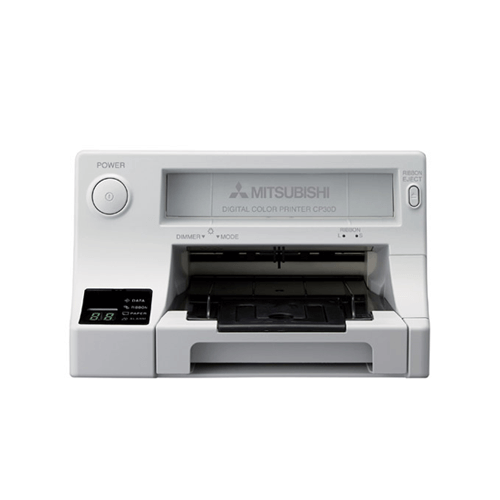
-
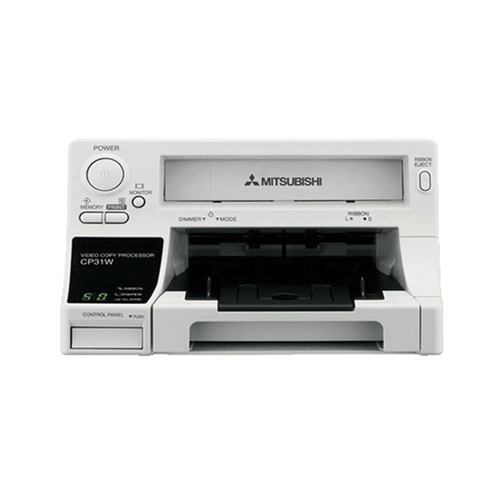
- 423 dpi, 16.7 million colors
- Front-loading system for paper and ink sheet
- Compact and ergonomically designed
- High-speed
- Large integrated paper tray
- Illuminated paper exit slot
-

- CP30W - Color Analog Imaging Printer
- 423dpi - RGB analog, s-video & composite video interface
- Multi format 16-25 second print speeds. (Equivalent to UP21MD)
-
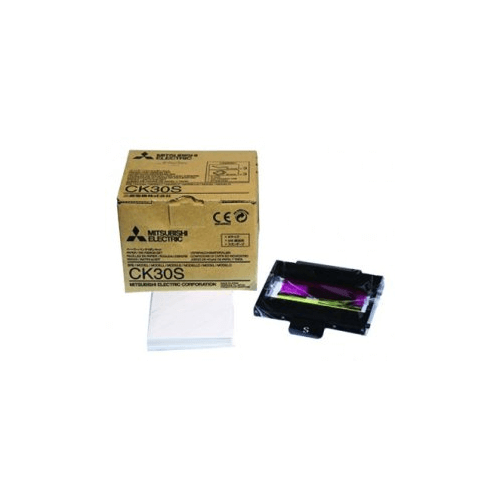
- Paper and Dye Film Cartridge
- (S) standard size print
- 80 prints per pack
- Compatible printers - CP30DW, CP30W and CP31W
-
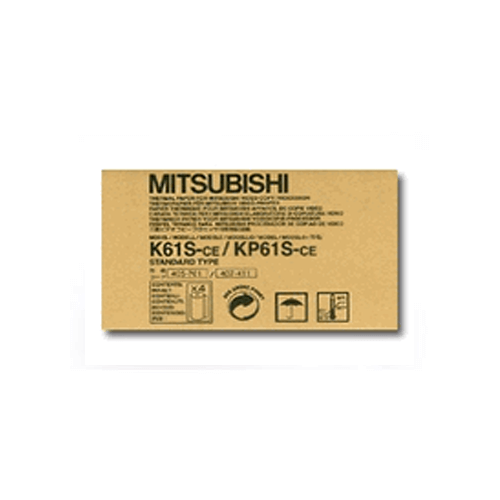
- Thermal paper 4 rolls/box
- 20m roll, width 110mm (equivalent to UPP-110S)
- Compatible printers - P95DW and P93W
-
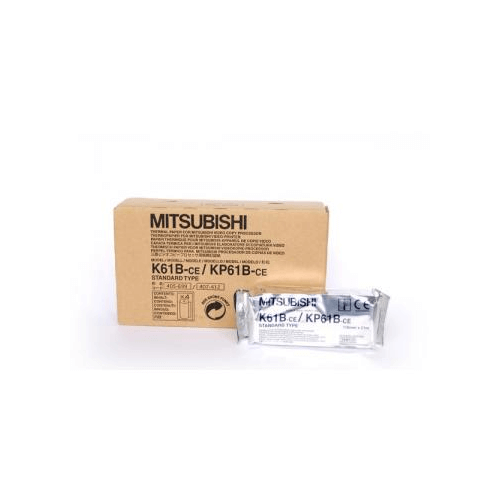
- Thermal paper 4 rolls/box
- 20m roll, width 110mm (equivalent to UPP-110S)
- Compatible printers - P95DW and P93E
-

- Thermal Paper
- High density
- 4 rolls/box
- 20m rolls, width 110mm (equivalent to UPP-110HD)
- Compatible printers - P95DW and P93W
-

- Thermal paper
- High gloss
- 4 rolls/box
- 18m roll, width 110mm, (equivalent to UPP-110HG)
- Compatible printers - P95DW and P93W
-
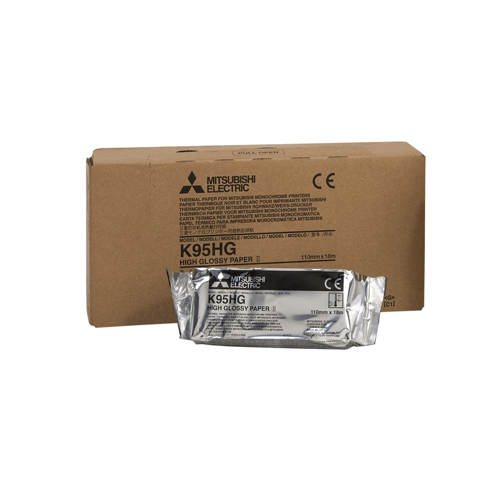
- Thermal paper
- High density, High gloss
- 5 rolls/box
- 18 m roll, width 110 mm (equivalent to UPP-110HG)
- Compatible printer - P95DW.
-
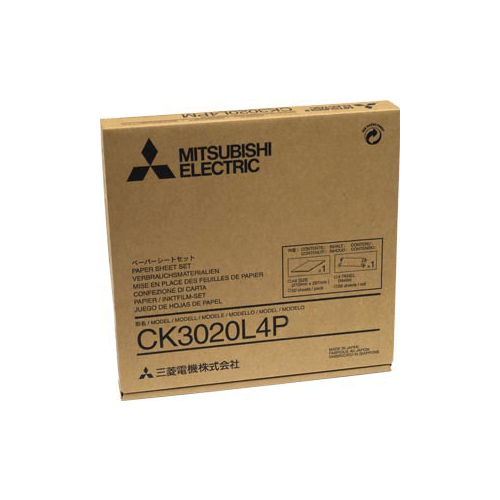
- 8x10 Gloss Photo Paper and Dye Film
- 50 prints
- Printable area 8" x 10"
- Compatible printer - CP3020DAE.
-
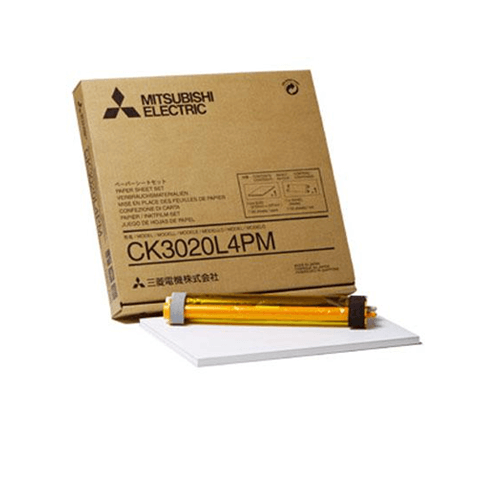
- 8x10 Matt Photo Paper and Dye Film
- 50 prints
- Printable area 8" x 10"
- Compatible printer - CP3020DAE.
-

- PCIe x16 single-slot board with triple high resolution digital-display output
- DICOM compliant 8/10/13-bit LUT GAMMA ramp correction supported on all outputs in independent and/or stretched (NT-style) desktop modes for accurate display calibration
- Digital Luminance Correction™ (DLC™)1–enables calibration packages to uniformly calibrate display luminance to well-within industry standards.
- Dynamic Field-of-View Correction (DFC)1–with appropriate 3rd party applications, DFC reduces color and/or grayscale inaccuracies caused by different viewing angles of LCDs.
- Image Color Profiling (ICP)1–allows 3rd party developers to use hardware-enabled ICP with up to 13-bits for accurate color rendering of subtle anatomical image structures.
- Programmable Gamma LUTs supporting 8, 10 and 13-bit wide formats–for the highest calibration, meeting or exceeding DICOM industry standards across the entire display.
- Hardware Window IDs and LUTs–with multiple screen regions available, application can exploit hardware-accelerated window and level functionality on a specified region.
- Hardware pivot and cursor support as well as optimized bus performance and increased memory provide fast and smooth user experience for window & level and cineloops.
- Enhanced features available through Matrox imaging Library (MIL) to enable hardware-accelerated operations such as image cached window/levelling, zoom, and the ability to view 1024 simultaneous shades of gray from 16-bit source images.
-
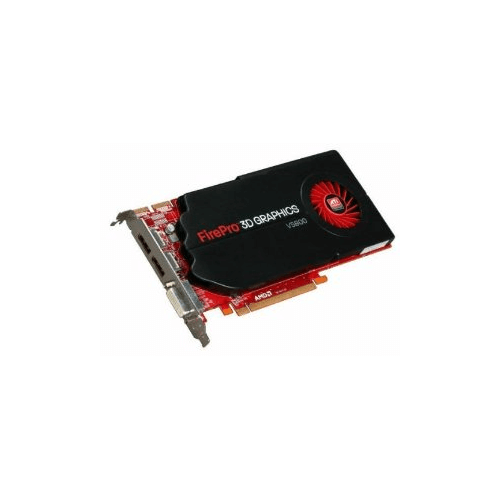
- Outstanding performance for the 3D mid-range segment
- 2.5X computing capability over prior generation1
- AMD Eyefinity multi-display technology2
- Drive up to 3 independent 30’’ displays3 12.3 million pixels4
- Scalable ultra parallel processing architecture with 800 stream processors
-
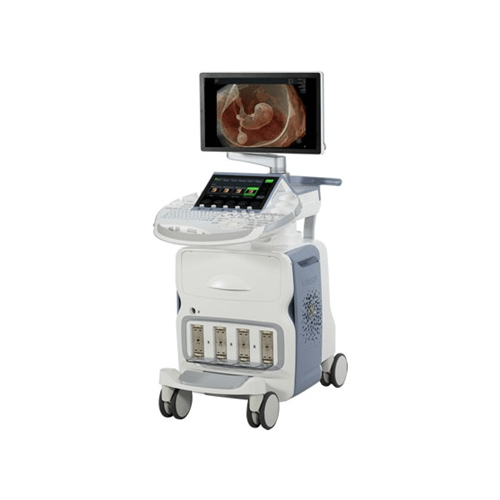
- 4x the processing power of the Voluson e10
- 4D Electronic Matrix 4D Transducer
- HD Live
- V-SRi advanced volumetric speckle reduction
- 4D Electronic Matrix 4D Transducer
- 23” Widescreen LED monitor
- 12” multitouch touch panel
- Probe port illumination
- High frame rates in 2D/4D imaging
- Ergonomically designed for maximum comfort
-
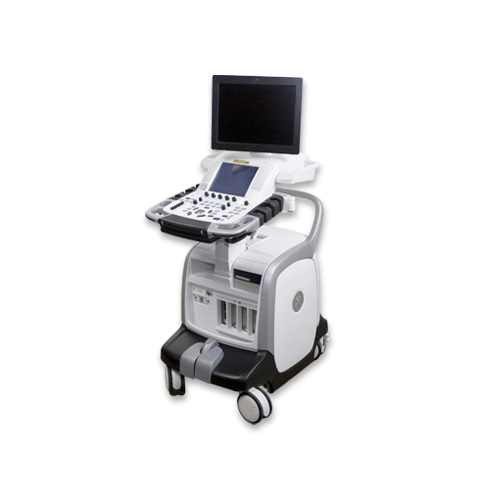
- Deliver extraordinary image quality on a broad spectrum of patient body types.
- Visualize blood flow without the limitations of Doppler
- Enhance your workflow.
- Integrate real-time ultrasound with previously acquired CT, MR, PET, or ultrasound images.
- Visually track your position during a scan.
-

- Explain current and advanced ultrasound technologies
- Describe system physics and instrumentation
- Understand how 2D strain/speckle tracking works and how strain data is acquired and displayed
- Demonstrate basic and advanced image optimization, customization and data management principles
- Understand 3D/4D image acquisition, visualization and quantification tools
- Identify areas you can incorporate advanced features into your workflow
